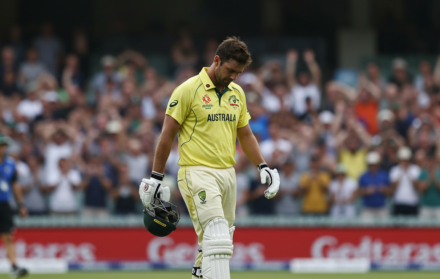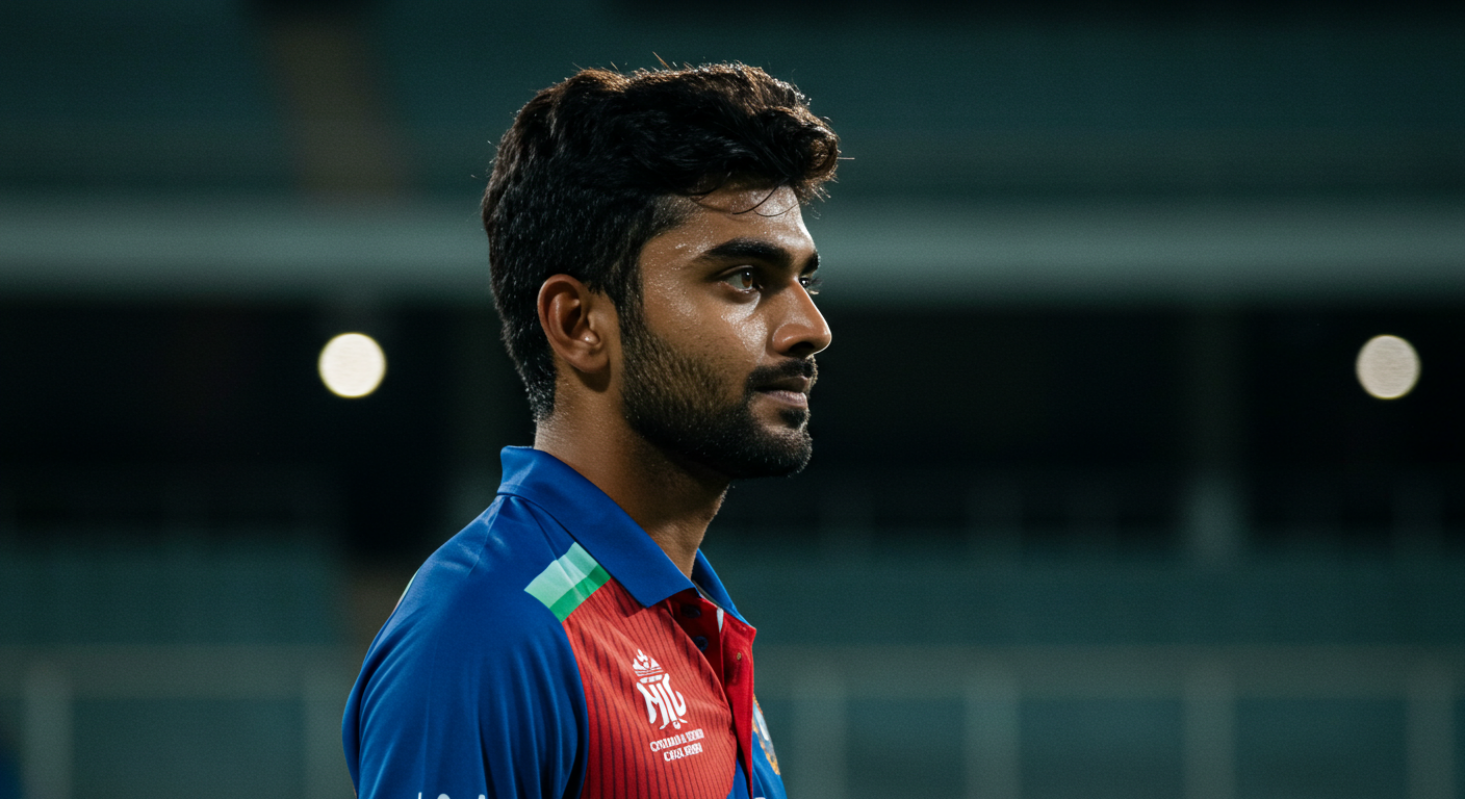
Shreyas Iyer and the Problem of Being Almost Essential
Few players in modern Indian cricket provoke as much quiet debate as Shreyas Iyer. On paper, he ticks nearly every box. A solid No. 4 option in ODIs, a middle-order stabiliser in T20s, and a player with over 1,800 international runs across formats before the age of 30. Yet, for all his appearances and averages, Iyer sits in a curious place: almost essential, but never undroppable.
This isn’t about talent—he has plenty. Nor is it about temperament—he’s played clutch innings under pressure. The issue is deeper. In an Indian side brimming with top-order firepower and all-round depth, Iyer’s role feels crucial… until it isn’t. When he scores, he calms the innings. When he fails, the team doesn’t collapse. He’s often the bridge between explosive openers and aggressive finishers, but rarely the man defining the game’s result.
This article explores the Shreyas Iyer paradox—a player whose skillset fits the team, but whose presence always feels negotiable. We’ll unpack his stats, role clarity, injury setbacks, and the emergence of rivals to understand why Iyer is never quite on the chopping block… but never quite beyond it either.
1. The Numbers Say ‘Reliable’—But Not ‘Irreplaceable’

At first glance, Shreyas Iyer’s ODI record looks secure. As of 2025, he averages over 45 with a strike rate above 90—elite numbers for a middle-order batter. His Test and T20I records are more modest but still respectable. He’s played match-winning knocks, absorbed pressure, and shown he can accelerate when needed. So why the constant conversation about whether he belongs?
Part of the issue is his game profile. Iyer thrives against spin, especially on subcontinent tracks. His footwork is sharp, and he uses the sweep and loft to dominate the middle overs. But against high pace and short-pitched bowling, he’s shown visible discomfort. Bowlers like Cummins, Nortje, and Boult have exposed a technical weakness with the short ball—particularly early in his innings—forcing captains to rethink match-ups when he walks out to bat.
It’s not that he fails consistently. It’s that his vulnerability is predictable, and in high-pressure games—World Cup knockouts, T20 playoffs—it becomes a liability opponents actively exploit. Add to that the rise of players like Suryakumar Yadav, Sanju Samson, and Tilak Varma, and suddenly, Iyer’s slot doesn’t feel nailed down.
There’s also the matter of role compression. In T20Is, India rarely plays a traditional No. 4 who builds an innings. Iyer’s strength—rebuilding and rotating—often gets lost in formats that demand either blazing openers or finishers who clear boundaries from ball one. His game isn’t outdated—it’s just difficult to slot when the rest of the XI is stacked with ultra-specialists.
So the numbers suggest reliability. But the game plan rarely builds around him. And that’s where Iyer’s problem begins: he’s good enough to be included, but rarely central enough to be irreplaceable.
2. The Injuries That Reset His Clock Every Time
If there’s one theme that has persistently punctuated Shreyas Iyer’s career, it’s disruption—not from form, but from injury layoffs that arrive just when he’s starting to solidify his place. After a strong 2020–21 run, Iyer was set to become India’s long-term No. 4 in white-ball formats. Then came the shoulder injury that ruled him out of IPL 2021 and several key internationals.
It wasn’t just the physical setback—it was the timing. When you’re already a player whose position isn’t carved in stone, absences create openings. And in Indian cricket, there’s always someone in form, someone younger, someone more explosive, waiting to step in. While Iyer rehabbed, Suryakumar Yadav lit up T20I cricket, Ishan Kishan grabbed eyeballs with high-impact cameos, and others pushed for inclusion with performances in the IPL.
His return to the XI hasn’t been without quality. Iyer scored runs in the 2022–23 season, particularly in ODIs, where he stitched together several half-centuries and played the role of stabiliser with composure. But just when it seemed he was finally cementing his place, a recurrence of back issues during the 2023 World Cup campaign raised fresh doubts.
These recurring injuries don’t just cost games—they reset perceptions. In a competitive team environment, continuity builds confidence—both for the player and selectors. With Iyer, each comeback feels like starting from zero: rebuilding rhythm, earning trust, re-proving form. Few players are judged as harshly as those just returning from injury—and Iyer, despite decent numbers, constantly faces that recalibration.
He isn’t flaky. He isn’t inconsistent. He’s just been interrupted—and in Indian cricket, where performance windows close fast, that might be the biggest threat to his staying power.
3. Tactical Fit: Useful, Yet Not the First Name on the Sheet
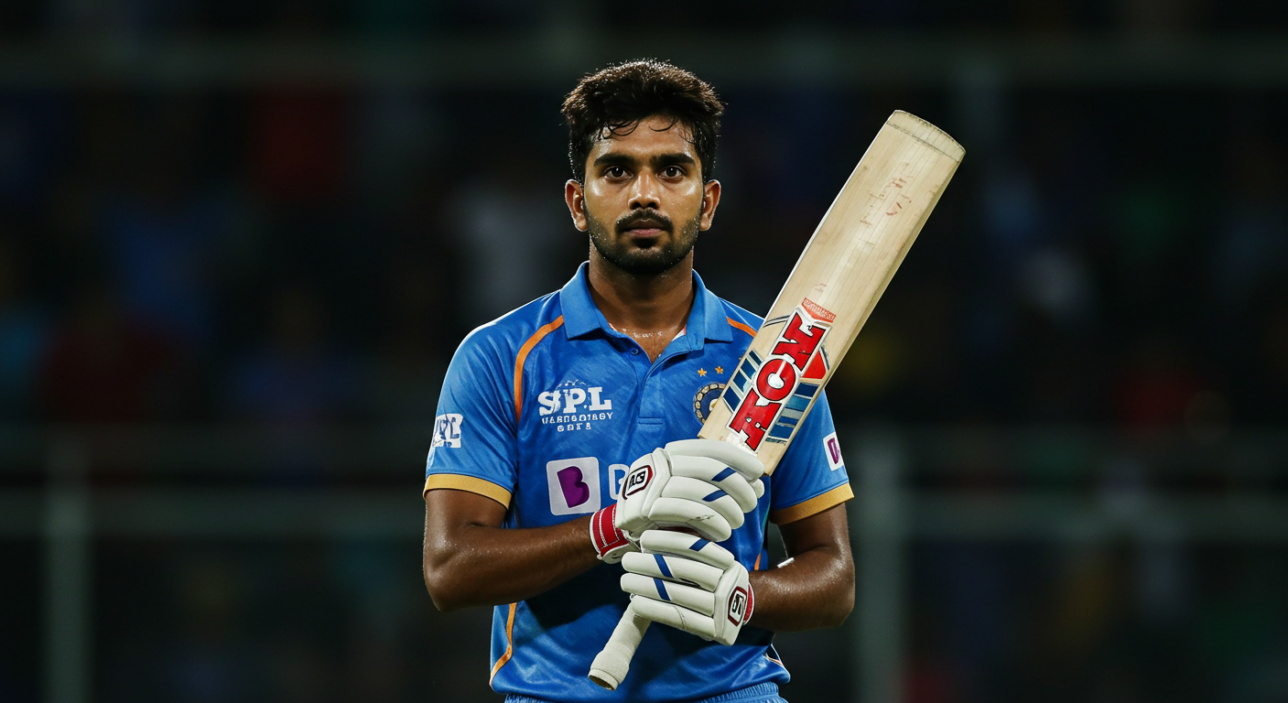
On paper, Shreyas Iyer fits the tactical profile every team wants in the middle order: a player who can rebuild after early wickets, dominate spin in the middle overs, and accelerate once set. But in practice, he’s rarely the first option when selectors discuss game plans. That’s not because he’s underqualified—it’s because he’s overlapped.
Modern India doesn’t lack middle-order options. There are stroke-makers, floaters, anchors, and finishers, all fighting for slots in the XI. The problem is, Iyer’s role—while useful—isn’t unique. When you strip away individual branding and look at his cricketing function, it’s replicable. Ruturaj Gaikwad, Tilak Varma, even KL Rahul when fully fit, can all play similar innings with minor variations in strike rate or shot range.
There’s also a growing tactical shift in modern white-ball cricket: teams want middle-order batters who can start fast, not just finish fast. Iyer still needs time at the crease before he frees up. Against top-tier opposition, those extra 10 balls can turn momentum the other way. His game thrives in situations where the scoreboard allows patience. But on the big nights—semifinals, finals, short chases—teams often favour batters who don’t need rhythm to access power.
Add to that his struggles with high-end pace and short-pitched bowling, and Iyer becomes a tactical gamble on faster surfaces. In India, he looks assured—using his feet, manipulating gaps, countering spin. Abroad, particularly in Australia or South Africa, captains target him early with sharp bouncers and heavy seam movement. This limitation isn’t fatal—but it is enough to demote him from certainty to rotation.
Ultimately, Iyer is a player who fits many templates but doesn’t own one outright. He’s always useful. But in elite cricket, usefulness is often a distant second to irreplaceability.
4. The Weight of Competition: Crowded Rooms and Collapsing Windows
In most international teams, Shreyas Iyer’s record and ability would make him a fixture. But in Indian cricket, where depth is absurd and the bench could field its own competitive XI, good isn’t always good enough. Iyer isn’t fighting form—he’s fighting the sheer volume of talent around him.
In white-ball cricket alone, the competition is relentless. Suryakumar Yadav brings unorthodox power and 360-degree scoring. Sanju Samson offers elegance and explosiveness, albeit inconsistently. Ruturaj Gaikwad provides calm assurance, and younger players like Tilak Varma and Rinku Singh are already showing signs of readiness. Then there’s KL Rahul, who floats between formats, and Hardik Pandya, who tilts squad combinations with his all-round utility.
What makes this even harder for Iyer is that few of these players are direct replacements—they’re tactically diverse. Some are floaters. Some are finishers. Some open. The selectors aren’t necessarily looking to fill a No. 4 slot—they’re trying to find the best blend. And often, that blend doesn’t require Iyer, even if his record warrants it.
This creates a strange dynamic. Iyer isn’t dropped because he’s failed. He’s dropped because someone else offers something marginally more aggressive, more flexible, or more aligned with the series strategy. His inclusion becomes situational, not structural.
For a player, this is mentally exhausting. You’re told to perform, but performance doesn’t guarantee place. You’re expected to anchor, but anchors are rarely built into modern lineups. You play three matches, miss one, and return with a spotlight brighter than before.
The window isn’t closed for Iyer—but it’s crowded. And in Indian cricket, crowded windows shut fast if you don’t break them open yourself.
5. Big Matches, Big Moments: The Problem of Vanishing Impact
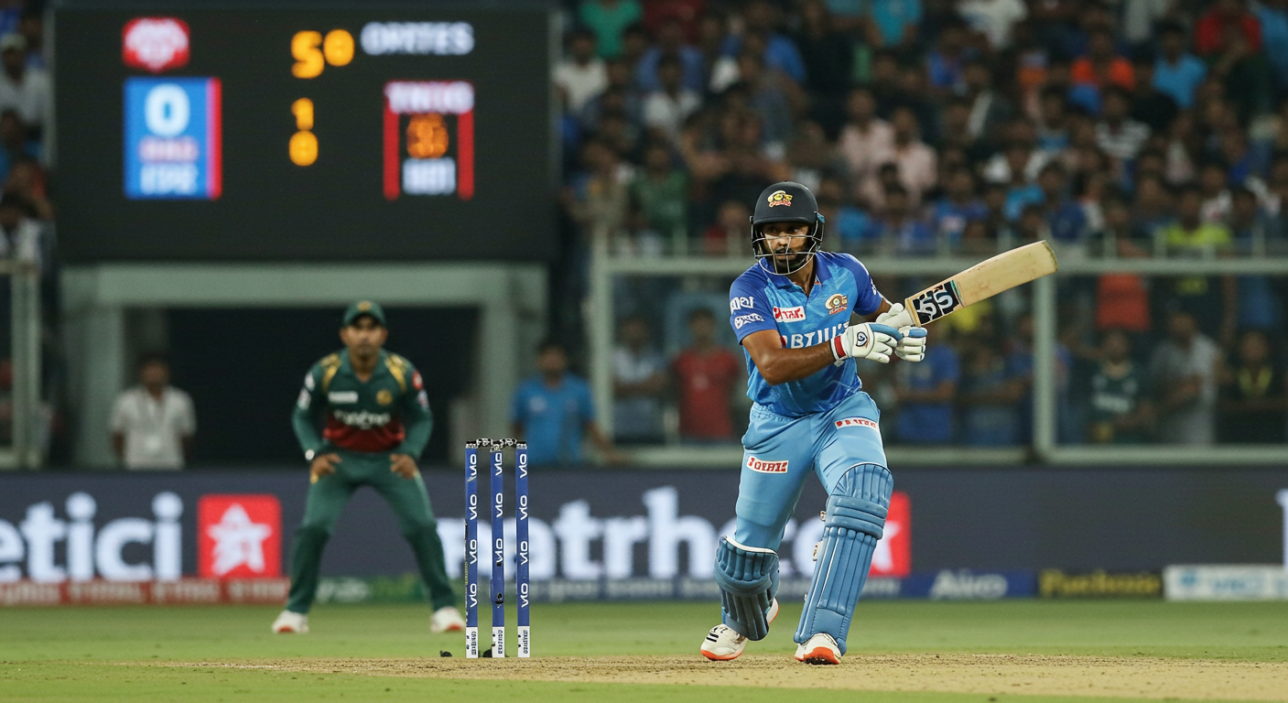
If Shreyas Iyer has one glaring issue, it’s not his numbers—it’s his invisibility in big games. The hallmark of an indispensable player is the ability to shape outcomes when the stakes are highest. Iyer, for all his competence, has struggled to leave fingerprints on the games that define careers.
Look at ICC tournaments. In the 2023 World Cup—held on home soil, with Iyer entrenched in the XI—his tournament was steady but unspectacular. He scored some runs, but lacked the statement innings that shifts narratives. In semifinals and finals, where careers are elevated or erased, Iyer has often been absent from the centre of the drama.
It’s not that he crumbles under pressure. But he rarely owns the moment. There’s a distinction between contributing and commanding. Iyer does the former reliably—he rotates strike, stabilises after early wickets, builds quietly. But when India needs an innings that electrifies the game or turns a semi-final on its head, it’s rarely Iyer with the bat in hand.
This issue magnifies because of the players around him. When Rohit, Kohli, or Stokes win big matches, they become legends. When Shreyas scores 49 in a losing semi-final, he becomes forgettable. And in elite cricket, memory is currency.
Selectors and fans alike start asking: is he a player who can hold an innings, or one who can change its destiny? And increasingly, that question hangs unresolved.
Until Iyer delivers a defining performance in a final or World Cup clash, this perception will linger. Not because he isn’t good—but because being almost essential isn’t enough. In Indian cricket, you either shape big games—or you sit out of them.
6. The Perception Trap: Reliable, Yet Always One Game Away from Doubt
There are players who average less but are seen as match-winners. And then there’s Shreyas Iyer—whose numbers are often excellent, yet whose place in the team seems permanently up for review. That’s not about form. It’s about perception.
Iyer’s biggest struggle today isn’t with the short ball, or finding the boundary in the middle overs—it’s with narrative. He’s cast, consciously or not, as a stopgap, a supporting act, a player who makes the team more complete but never the one it revolves around. His dismissals spark disproportionate reaction. His half-centuries are seen as stabilising rather than defining. Even his good performances feel subject to asterisked appreciation: He did well… but.
This kind of perception trap is difficult to escape because it’s self-perpetuating. The more quietly competent you are, the more people expect you to be replaceable. And in Indian cricket, where each slot is fought over by five other contenders, competence often loses to charisma, versatility, or just better timing.
It’s not that Iyer doesn’t have fans or support from the dressing room—he does. But he doesn’t dominate the conversation. He doesn’t ignite discourse. And in a cricket ecosystem fuelled by narrative, that absence of noise becomes a liability.
He’s not flashy enough to be a cult favourite. Not vulnerable enough to be a redemption story. Not explosive enough to be a finisher. He sits in the middle—in form, in contention, but never quite in command.
Conclusion: Shreyas Iyer and the Problem of Being Almost Essential
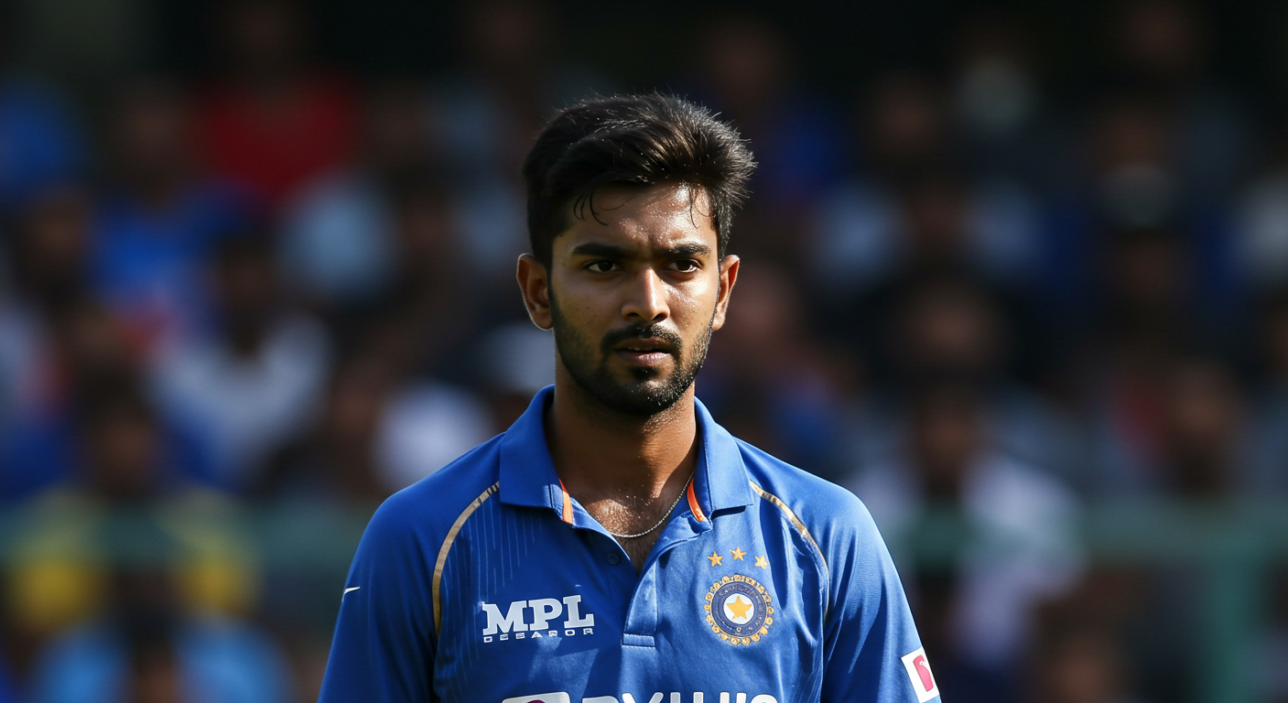
Shreyas Iyer’s cricketing dilemma is not about what he lacks—it’s about where he fits. He has the numbers. He has the technique. He has the temperament. But in a team full of specialists, disruptors, and once-in-a-generation stars, his brand of quiet consistency becomes difficult to build a side around. He is always valuable—just not always more valuable than the next in line.
In another era, Iyer might have been an undisputed mainstay. But in this one, with its constant churn, hyper-analysis, and tactical micromanagement, his role becomes contextual rather than automatic. He’s picked when a game plan requires him, not because the team feels incomplete without him.
That’s the essence of being “almost essential.” You’re part of the plan—until someone newer, faster, or more flexible nudges you out of it. You do your job, but if the strategy shifts or an injury heals elsewhere, your value can drop overnight. It’s a fragile place to be for someone who’s never really failed.
The question then isn’t whether Iyer is good enough. It’s whether he can become unignorable—a player who forces himself into the XI not through steady output, but by taking charge of moments that define series and shape tournaments.
Until then, Shreyas Iyer will remain that curious anomaly in modern Indian cricket: too good to drop, too replaceable to depend on, and too understated to headline the team sheet. A player who always seems to be one innings away from belonging—and one absence away from being forgotten.


